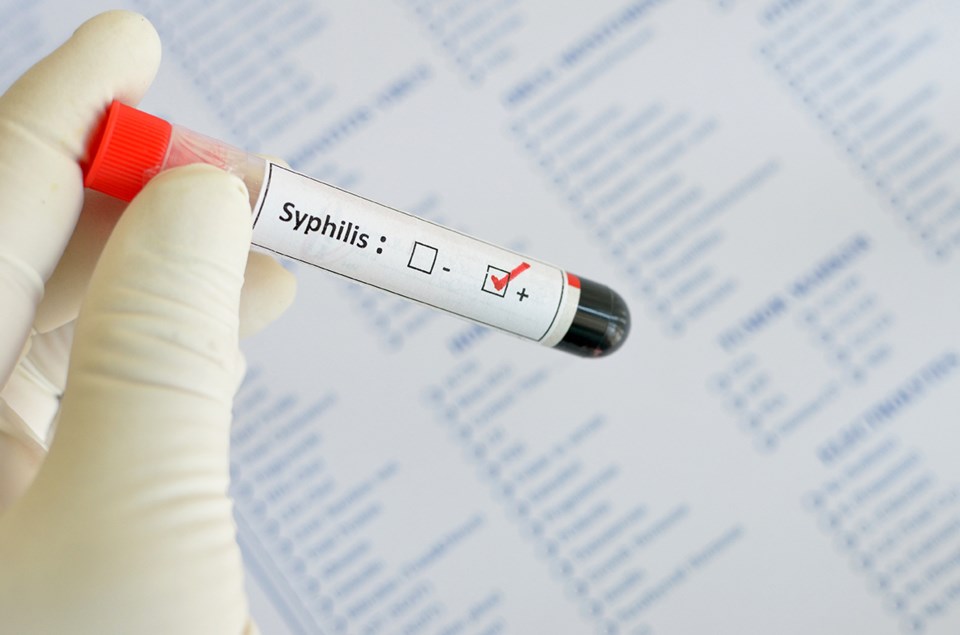Rates of syphilis are still alarmingly high, according to Vancouver Coastal Health.
In the summer of 2014 syphilis diagnoses were at a 30-year high within the Vancouver Coastal Health (VCH) region, which includes the Sea to Sky Corridor. Despite public warnings by health officials, a year later, things aren’t much better.
“We are not where we want to be,” said Dr. Réka Gustafson, VCH medical health officer. There was a 10 per cent decline in cases of the potentially deadly sexually transmitted infection year over year, she said. There were 405 cases of syphilis reported in 2014 and 431 cases in 2013.
Looking at only the first part of the year, by May of this year there were 167 reported cases, while there were 187 by May in 2014.
“These are just not numbers that are OK,” said Gustafson.
Most of the cases have been in men who have sex with men, Gustafson said. This year as opposed to the previous year, the infection moved into a younger population. The infection is currently more common in men 20–39 years old; in 2014 men aged 40–49 were the most impacted.
But syphilis is in no way a disease that should concern only homosexual males, Gustafson said.
“Right now in 2015, most of our cases in British Columbia are among men who have sex with men, but that may or may not stay the same and it certainly hasn’t always been the same, and it isn’t the same everywhere,” she said.
“If you have unprotected sex with anybody – and it doesn’t have to be intercourse, it can be oral sex, it can be skin-to-skin contact – then you may be exposed to syphilis.”
Epidemics shift among sexual networks, she said, so while it is in one population now, it can transfer to others. In younger populations in particular, sexuality can be more fluid, she said, leading to a transfer between sexual networks.
Part of the reason numbers aren’t going down is that syphilis is notoriously difficult to control, Gustafson said. People can develop syphilis and not know it.
“Some people have symptoms – a painless sore or a mild rash later on for secondary syphilis – but then the infection goes into a latent phase and you won’t have any symptoms at all, and those initial symptoms can be so mild you don’t notice them,” Gustafson said.
The disease in its latent phase can lead to neurological impairment, heart problems, blindness, deafness and even death.
The disease can be cured with a simple round of penicillin, Gustafson stressed, but the only way to know for sure that the disease is present is to be tested.
“For your own individual health it is really important that you are aware there is a risk, you get tested and treated if needed,” she said.
Partner notification is really important in controlling the outbreak, according to Gustafson.
“You can really help your friends and your partners by working with public health to notify them,” she said.
Notification can be done anonymously by the public health agency. “We can do very, very well with that, with the help of patients,” she said.
Ideally a couple should be tested together before they are sexually active, Gustafson said. Anyone sexually active should be tested at regular intervals of every three to six months.
For more on syphilis infection, go to vch.ca and search “syphilis.”



